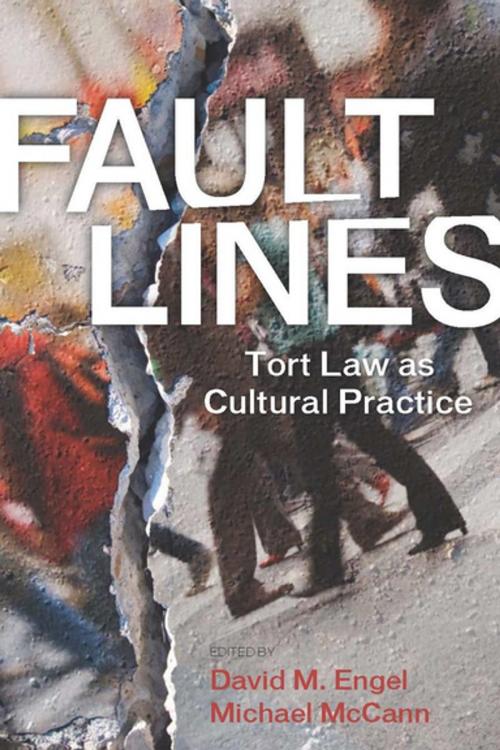| Author: | ISBN: | 9780804771207 | |
| Publisher: | Stanford University Press | Publication: | April 24, 2009 |
| Imprint: | Stanford Law Books | Language: | English |
| Author: | |
| ISBN: | 9780804771207 |
| Publisher: | Stanford University Press |
| Publication: | April 24, 2009 |
| Imprint: | Stanford Law Books |
| Language: | English |
Tort law, a fundamental building block of every legal system, features prominently in mass culture and political debates. As this pioneering anthology reveals, tort law is not simply a collection of legal rules and procedures, but a set of cultural responses to the broader problems of risk, injury, assignment of responsibility, compensation, valuation, and obligation. Examining tort law as a cultural phenomenon and a form of cultural practice, this work makes explicit comparisons of tort law across space and time, looking at the United States, Europe, and Asia in the nineteenth, twentieth, and twenty-first centuries. It draws on theories and methods from law, sociology, political science, and anthropology to offer a truly interdisciplinary, pathbreaking view. Ultimately, tort law, the authors show, nests within a larger web of relationships and shared discursive conventions that organize social life.
Tort law, a fundamental building block of every legal system, features prominently in mass culture and political debates. As this pioneering anthology reveals, tort law is not simply a collection of legal rules and procedures, but a set of cultural responses to the broader problems of risk, injury, assignment of responsibility, compensation, valuation, and obligation. Examining tort law as a cultural phenomenon and a form of cultural practice, this work makes explicit comparisons of tort law across space and time, looking at the United States, Europe, and Asia in the nineteenth, twentieth, and twenty-first centuries. It draws on theories and methods from law, sociology, political science, and anthropology to offer a truly interdisciplinary, pathbreaking view. Ultimately, tort law, the authors show, nests within a larger web of relationships and shared discursive conventions that organize social life.















